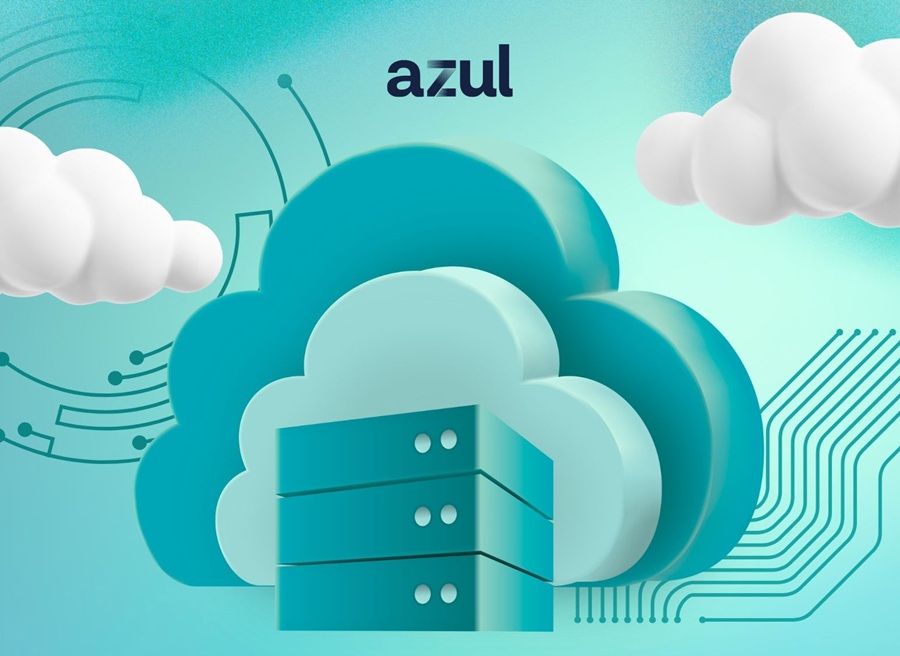ManageEngine its network performance management and data center monitoring software.
Available today in beta, the new OpManager introduces the industry's most cost-efficiently scalable network management platform to monitor one million interfaces from a single standalone server — for less than $1 million.
The move shatters long-standing price/performance barriers in data center and private cloud monitoring, delivering carrier-grade scalability at commodity prices.
ManageEngine is previewing OpManager support for one million interfaces at Cisco Live 2013, held June 23-27, 2013, in Orlando, Fla. A silver sponsor of the event, ManageEngine is in booth 501.
IT organizations in large enterprises and data centers face a tough decision when it comes to network monitoring. They can spend millions of dollars on a solution that scales to handle up to one million interfaces in a single management console. Meanwhile, IT teams that can’t afford to spend millions on network monitoring can opt for less expensive solutions that don’t scale quite as elegantly. To monitor one million interfaces, these teams are stuck with multiple management consoles and countless polling engines. One way or another, IT teams pay a big price for large-scale network monitoring.
"The new OpManager is breaking new ground in network monitoring," said Dev Anand, director of product management at ManageEngine. "No other vendor is offering truly affordable, carrier-grade scalability. The Big 4 can scale with a single console, but users pay a huge premium for that privilege. Every other vendor just comes up short - except for us. With OpManager, we’re bringing network management scalability to the masses."
OpManager: Cost Effective, Carrier Grade
ManageEngine designed OpManager to make life easier for enterprise and data center admins. With just one advanced scalability engine, the new OpManager can support one million interfaces to let admins expand their monitoring dynamically to suit their proliferating IT. ManageEngine has further streamlined the OpManager solution by minimizing the learning curve and shrinking deployment time to minutes - without assistance.
Anand said, "We listened to our customers closely and studied the market carefully in developing the new OpManager. We didn’t want to introduce the implementation, training costs, and complexities that accompany the Big 4 solutions. And we didn't want to overwhelm admins with the additional hardware, software and maintenance burden that are typically found in less expensive solutions. OpManager blends scalability and affordability to hit the network monitoring sweet spot."
The new OpManager advanced scalability engine that supports one million interfaces is available now in beta.
Related Links:
OpManager customers click here to try it via the beta program
The Latest
Regardless of their scale, business decisions often take time, effort, and a lot of back-and-forth discussion to reach any sort of actionable conclusion ... Any means of streamlining this process and getting from complex problems to optimal solutions more efficiently and reliably is key. How can organizations optimize their decision-making to save time and reduce excess effort from those involved? ...
As enterprises accelerate their cloud adoption strategies, CIOs are routinely exceeding their cloud budgets — a concern that's about to face additional pressure from an unexpected direction: uncertainty over semiconductor tariffs. The CIO Cloud Trends Survey & Report from Azul reveals the extent continued cloud investment despite cost overruns, and how organizations are attempting to bring spending under control ...

According to Auvik's 2025 IT Trends Report, 60% of IT professionals feel at least moderately burned out on the job, with 43% stating that their workload is contributing to work stress. At the same time, many IT professionals are naming AI and machine learning as key areas they'd most like to upskill ...
Businesses that face downtime or outages risk financial and reputational damage, as well as reducing partner, shareholder, and customer trust. One of the major challenges that enterprises face is implementing a robust business continuity plan. What's the solution? The answer may lie in disaster recovery tactics such as truly immutable storage and regular disaster recovery testing ...
IT spending is expected to jump nearly 10% in 2025, and organizations are now facing pressure to manage costs without slowing down critical functions like observability. To meet the challenge, leaders are turning to smarter, more cost effective business strategies. Enter stage right: OpenTelemetry, the missing piece of the puzzle that is no longer just an option but rather a strategic advantage ...
Amidst the threat of cyberhacks and data breaches, companies install several security measures to keep their business safely afloat. These measures aim to protect businesses, employees, and crucial data. Yet, employees perceive them as burdensome. Frustrated with complex logins, slow access, and constant security checks, workers decide to completely bypass all security set-ups ...

In MEAN TIME TO INSIGHT Episode 13, Shamus McGillicuddy, VP of Research, Network Infrastructure and Operations, at EMA discusses hybrid multi-cloud networking strategy ...
In high-traffic environments, the sheer volume and unpredictable nature of network incidents can quickly overwhelm even the most skilled teams, hindering their ability to react swiftly and effectively, potentially impacting service availability and overall business performance. This is where closed-loop remediation comes into the picture: an IT management concept designed to address the escalating complexity of modern networks ...
In 2025, enterprise workflows are undergoing a seismic shift. Propelled by breakthroughs in generative AI (GenAI), large language models (LLMs), and natural language processing (NLP), a new paradigm is emerging — agentic AI. This technology is not just automating tasks; it's reimagining how organizations make decisions, engage customers, and operate at scale ...
In the early days of the cloud revolution, business leaders perceived cloud services as a means of sidelining IT organizations. IT was too slow, too expensive, or incapable of supporting new technologies. With a team of developers, line of business managers could deploy new applications and services in the cloud. IT has been fighting to retake control ever since. Today, IT is back in the driver's seat, according to new research by Enterprise Management Associates (EMA) ...
